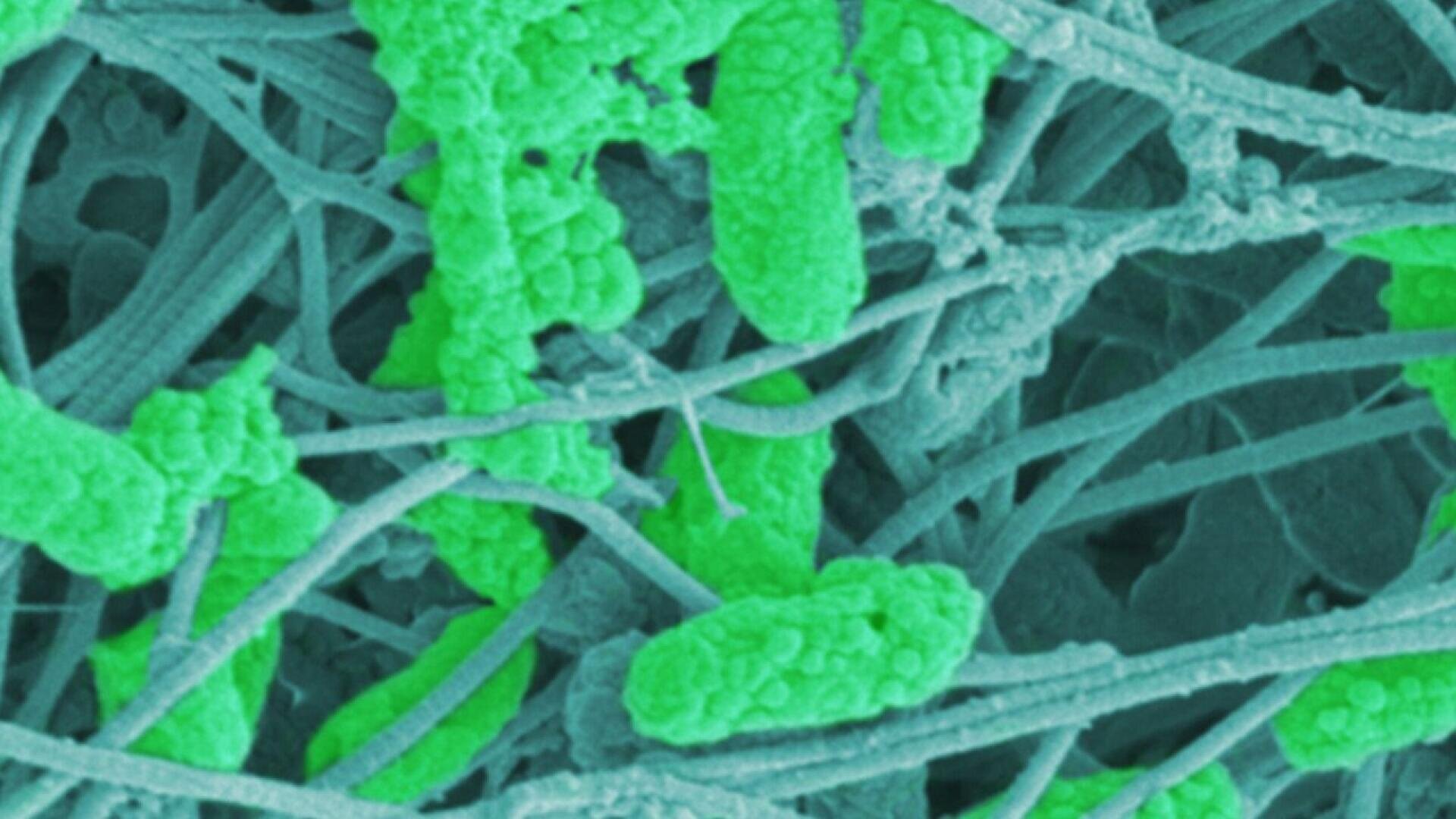Wound healing of the future: Empa researchers develop bio-bandage
Scientists at Empa, the ETH Domain's interdisciplinary research institute for materials science and technology development, are developing a dressing containing lactic acid bacteria. The lactobacilli are intended to promote the healing of chronic wounds by destroying stubborn biofilms.
New skin tissue develops steadily until it has closed a skin injury. In the best-case scenario, nothing more can be seen quickly. Not so with a chronic wound: if it does not close after four weeks, there is a wound healing disorder. Seemingly harmless tissue damage can become a permanent health problem and lead to blood poisoning. Treatment is particularly difficult as germs settle in these wounds. The bacteria form a biofilm, a composite of various pathogens. They produce a layer with which they adhere to surfaces. Antibiotics or disinfectants reach their limits as they cannot reach the dangerous germs.
A team from Empa and the Massachusetts Institute of Technology (MIT) in Boston is developing a wound dressing that uses "good" probiotic bacteria to combat bacteria. The researchers recently published a proof of concept.
 Empa researcher Qun Ren is looking for new ways to combat persistent biofilms.
Empa researcher Qun Ren is looking for new ways to combat persistent biofilms.
Tenacious biofilm
The team led by Empa researchers Qun Ren and Zhihao Li used live lactic acid bacteria as beneficial organisms for the dressing. "The used probiotic lactobacilli are biocompatible and create an acidic environment by producing lactic acid," says Zhihao Li. This is intended to push the unfavourable, alkaline pH value in chronic wounds in the right direction. "In our laboratory experiments, the bacteria were able to induce a strongly acidic pH of 4 in the culture medium," says Qun Ren. The lactic acid production would attract desired cells that contribute to wound healing.
Beneficial bacteria
Finally, the beneficial bacteria were integrated into a wound dressing that protects chronic wounds from further infections. Empa scientists say that this allows the living lactobacilli to produce lactic acid in a protected environment. The dressing releases the product into the environment in a controlled and continuous manner. In laboratory tests, the material with integrated lactic acid bacteria is said to completely destroy a typical biofilm of pathogens.
The living bandage
The researchers created artificial wounds in small tissue samples and allowed a biofilm with a wound germ to grow. The probiotic wound dressing was to prove itself in the model, which it did successfully: the bio dressing reduced the number of pathogens by 99.999 percent. The researchers were able to prove that the probiotics are well tolerated by human skin cells and at the same time trigger the production of immune system messenger substances.


